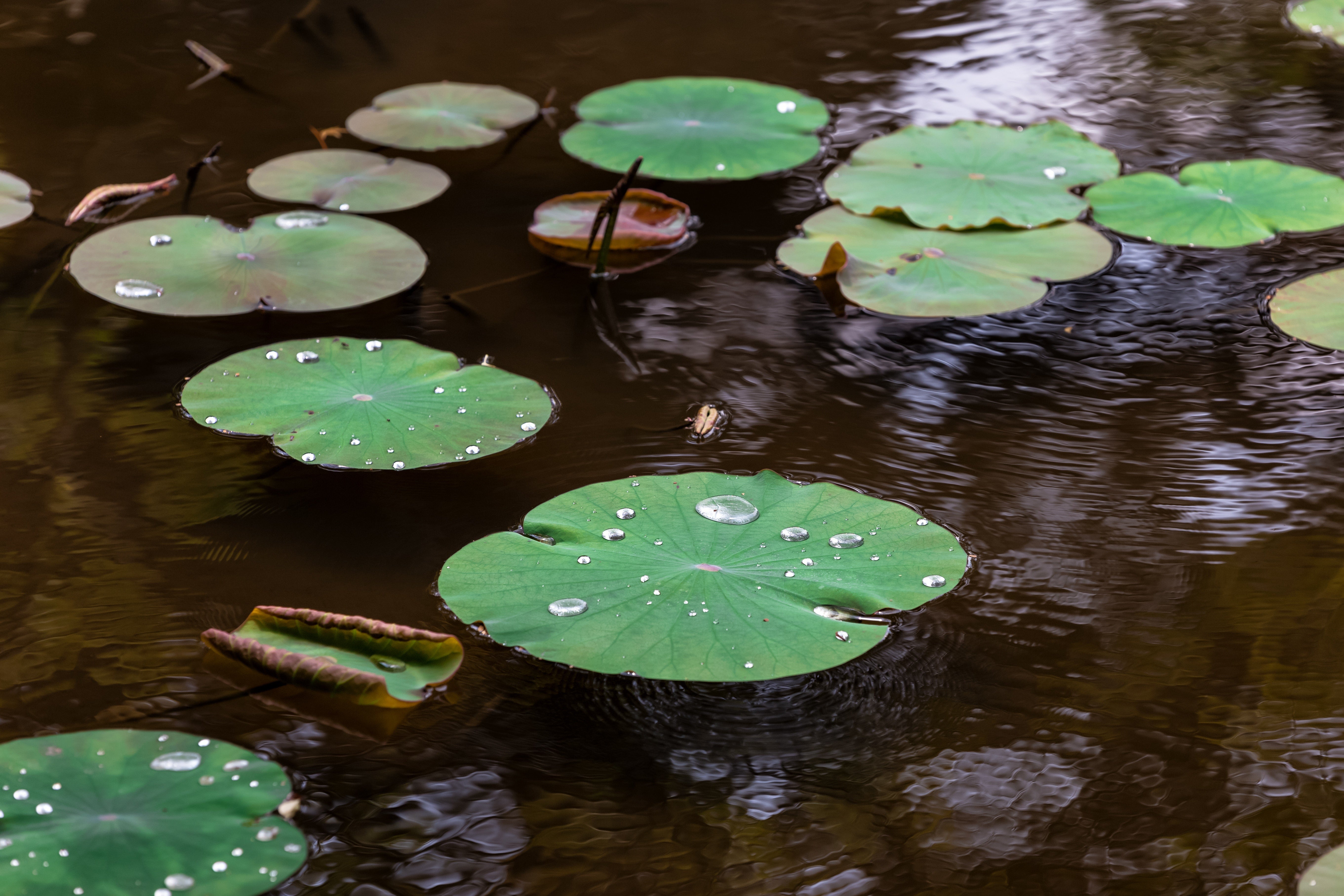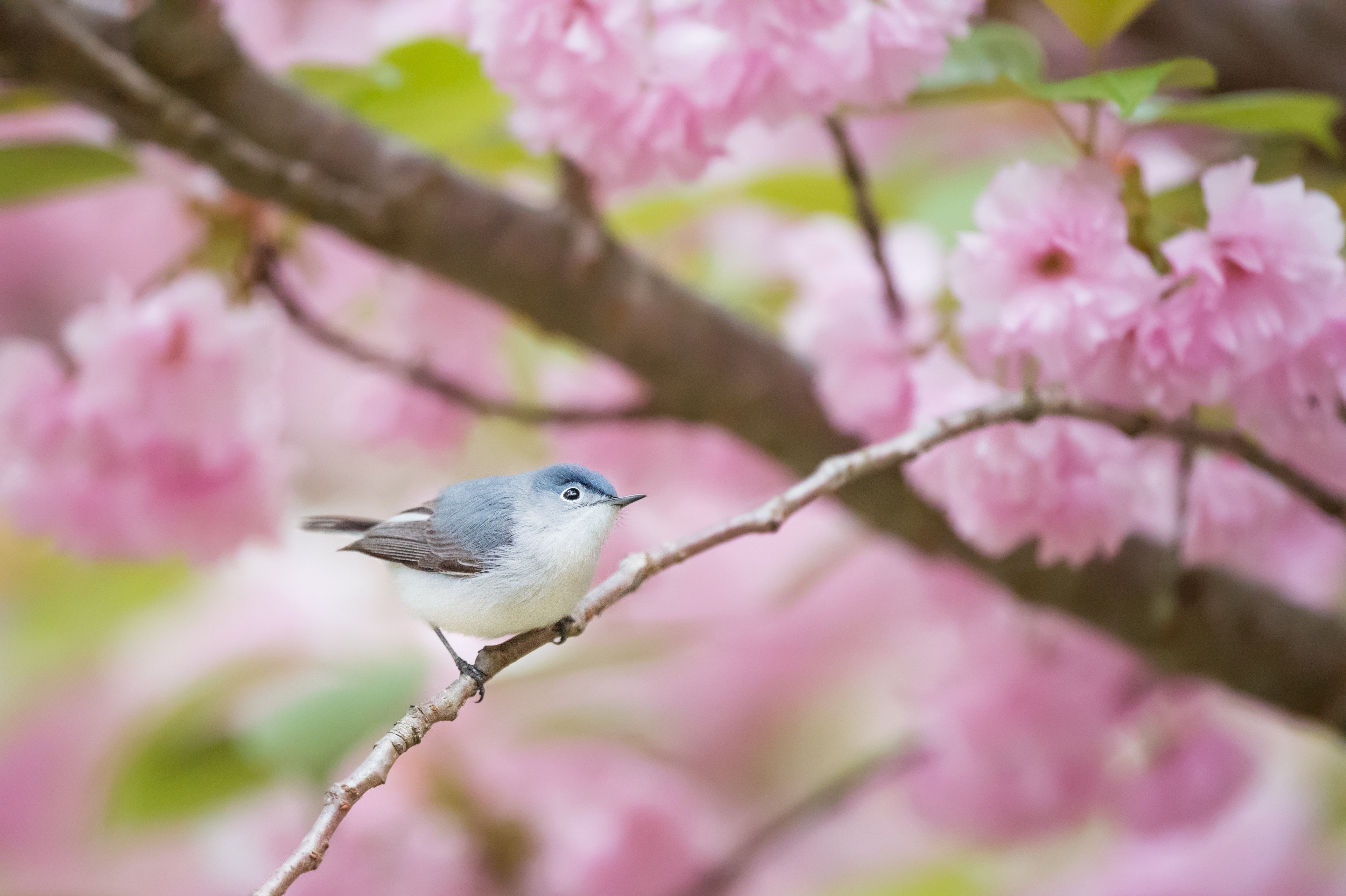
Flowers in Danger
What if all the flowers disappeared from the planet? The world would be devoid of all the brightness and colours. But, the consequences of plant extinction would be far worse. With no transpiration, the world would be a hotter and drier place. Needless to say, we all want flowers. Now, let’s check out some rare flowers of India.
Bethlehem Lily
Commonly known as Nishagandhi/Brahma kamala/kadupul, its botanical name is Epiphyllous oxypetalum. This flower is native to Sri Lanka and grows in tropical rainforests. In India, it has diverse distribution and is found in Mumbai, Bangalore, Chennai, Ranchi and Uttrakhand. It is said that this flower blooms only for one night in the entire year, between mid-June and mid-October. Brahma kamala is called the “Queen of Night” due to its mesmerising fragrance. Its bloom lasts for less than 10 hours and wilts as soon as the dawn approaches. It is believed to be a representation of Lord Brahma emerging from Lord Vishnu’s naval in a lotus flower.

Woodrow’s Crinum Lily
This bulbous plant was thought to be extinct for a hundred years. It was rediscovered by and photographed by Dinesh Valke in Vasai Maharashtra in 2004. Botanist G. M. Woodrow collected some sample buds in Mahabaleshwar and sent them to Kew, England. As soon as they flowered at Kew, it was realised that it was a new species. Earlier, it was presumed to be Crinum brachynema. However, it was soon named as Crinum woodrowii. Woodrow’s crinum lily is a large white flower, has six stamens with red filaments and yellow anthers. It flowers between May-July and is endemic to Kate’s Point in the Satara District of Mahabaleshwar
Law’s ceropegia is a lantern shaped flower named in honour of John Sutherland Law (1810-1885), Indian Civil Servant and amateur Botanist. First found in 1883, it was not seen again for a long time. It was re-discovered at Harishchandragad Hill in 1970 and is considered an endangered plant since then. It is primarily distributed in Western Ghats and flowers in the month of August. This flower is white on the outside and purple inside. The above picture was photographed by Sushant More.
Long-Flowered Spider Lily
Long-Flowered Spider Lily is a rare herb, found growing in wild. Its flowers are white with a greenish-yellow center. It has six, narrow and straight petals with six erect stamens. It can be grown as a house plant. It is mentioned in Amaryllidaceae by William Herbert that the only collected specimen was lost in Kolkata. It never reached England for growing and testing. The above picture was taken by Ravinder Singh. He also collected a sample and potted it as a house plant.

Siroi Lily
The state flower of Manipur, Lilium mackliniae is often known as Siroi Lily. It is called daughter of Siroi Hills because it can be found wild only in the Siroi Hill of Ukhrul district, Manipur. Since, this plant doesn’t take transplantation well, it comes under one of the rare species that are threatened with extinction. To commemorate this state flower and increase awareness about it, the Indian Postal Department also issued a postage stamp.
The flowers are bell shaped and appear to have pale bluish pink petals. However, it has seven colours that can be observed only under a microscope. They bloom in the months of May and June. Photgraphed by Thingnam Girija in 2007.

Magenta Ghost Flower
Commonly known as Magenta Ghost Flower, this plant is also known by its botanical name Christisonia tubulosa. It is a parasitic plant that steals its nutrition from other plants. It grows at the roots without any leaves or chlorophyll. The flowers are attractive and have magenta colour on the outside. The stigma inside is whitish and the corolla throat is yellow.
The plant was first discovered in 1835 by Robert Wight, a British Taxonomist who worked in south India. Post this, the plant wasn’t seen for ninety years. It was rediscovered in 2003 at Indira Gandhi Wildlife Sanctury, Anaimalai Hills, Pollachi. It grows at an altitude of 900-1200 metres above sea level. Magenta Ghost Flower is endemic to South India which means it is not found anywhere else in the world.

Leafy Strobilanthes
Leafy strobilanthes is a rare species found in North east India. It is known to be from the Chin Hills of Burma, the Naga Hills of North East India and some isolated localities in Bhutan. The plant has coarsely toothed leaves. It has pale blue flowers in a head-like form. Its inflorescence, stem and leaves are covered with long glandular white hair. You may have a look at the first ever picture of the plant (at its growing stage) taken by Prashant Awale. It is found blooming in November.
Strobilanthes Maculata
Strobilanthes maculate is a rare species found on the southern slopes of the Khasi Hills (Meghalaya), the Lushai Hills (Mizoram) and the Naga Hills (Nagaland). It is believed to be previously called as Ruellia maculate, cultivated in the Calcutta Botanic Garden in 1816. However, no specimen of the species were preserved back then.
It has serrated leaves and tubular flowers with strong protruding stamens. The leaves may or may not be spotted. This flower is seen blooming in the month of November.
Mengtsze Balsam
Mengtsze Balsam is a wild flower found in Leimaraam, Manipur. It is acknowledged to be native to China, Thailand and Vietnam. It is found near riversides, along canals and other moist places at altitudes of 600-1200 m. It is an annual herb that can grow up to 20-40 cm tall. In India, its flowers are seen in shades of orange-apricot. However, Mountain Balsam can also be seen in yellow, white and pink.
Its botanical name is Impatiens mengtszeana. Its name mengtszeanna is believed to have come from the historic city Mengtsze in the Yunnan province of China.
These flowers bloom between June and October.

Flowers depict the most beautiful and amazing amalgamation of colours in nature. Out of the four lac species, The Flora has presented you with a list of some rare and/or endangered species of flowers found in India. Some of them we know of bloom in specific seasons while others are yet to be discovered. Nature has more of such secrets and treasures, to uncover the same stay tuned with The Flora.
Author
Shikha Nangru


